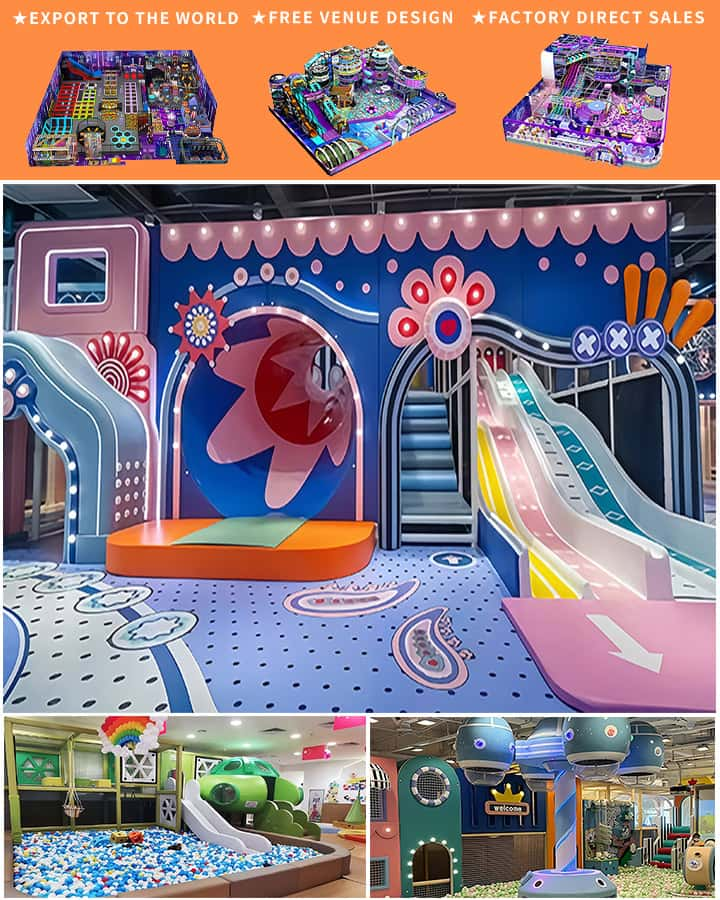In the vibrant and diverse country of South Africa, the importance of playground equipment cannot be overstated. As a nation rich in culture and natural beauty, South Africa is home to numerous parks, schools, and recreational facilities where children spend their formative years. The provision of quality playground equipment plays a pivotal role in ensuring that these young individuals have safe, engaging, and developmentally beneficial play experiences. This article delves into the significance of playground equipment in South Africa, its benefits, and the key considerations for selecting and maintaining such equipment.
The Importance of Playground Equipment
Playgrounds are essential spaces for children’s physical, social, and cognitive development. They serve as venues where kids can engage in unstructured play, learn new skills, build friendships, and develop resilience. Quality playground equipment, ranging from swings and slides to climbing frames and merry-go-rounds, offers various benefits:
Physical Development: Playing on different pieces of equipment helps improve children’s motor skills, balance, coordination, and strength. Activities like climbing and sliding enhance gross motor skills, while interactive elements boost fine motor abilities.
Social Interaction: Playgrounds facilitate social interaction among children, teaching them vital social skills such as sharing, cooperation, and conflict resolution. They provide opportunities for group play, which is crucial for developing teamwork and communication abilities.
Cognitive Growth: Play is a natural way for children to learn about the world around them. Exploring playground equipment stimulates curiosity and creativity, encouraging problem-solving and imaginative play. It also aids in cognitive development by fostering spatial awareness and planning skills.
Types of Playground Equipment Common in South Africa
 South African playgrounds boast a wide variety of equipment designed to cater to different age groups and interests. Some popular types include:
South African playgrounds boast a wide variety of equipment designed to cater to different age groups and interests. Some popular types include:
- Swings: Classic and perennial favorites, swings come in various forms, including traditional belt swings, bucket swings, and tire swings.
- Slides: Available in multiple designs and sizes, slides offer thrilling experiences for children of all ages.
- Climbing Structures: These range from simple jungle gyms to complex climbing walls, providing excellent opportunities for physical challenge and adventure.
- Seesaws and Merry-Go-Rounds: These pieces promote balance and coordination, often becoming focal points for cooperative play.
- Interactive Play Elements: Modern playgrounds may include musical instruments, sensory play panels, and water features that engage children differently.
Choosing the Right Playground Equipment
Selecting appropriate playground equipment involves several considerations to ensure safety, inclusivity, and suitability for the intended user group. Key factors include:
Safety Standards: Equipment should meet national safety standards and be constructed from durable, non-toxic materials. Regular inspections and maintenance are crucial to prevent accidents.
Age Appropriateness: Different pieces of equipment are suitable for various age groups. Playgrounds should offer a mix of equipment catering to toddlers, preschoolers, school-aged children, and even teens.
Inclusivity: Inclusive playgrounds consider children with diverse abilities. Features such as wheelchair-accessible swings and sensory-rich elements ensure that every child can participate fully.
Environmental Sustainability: Eco-friendly materials and energy-efficient designs are becoming increasingly important in playground construction, aligning with South Africa’s growing commitment to environmental sustainability.
Community Engagement: Involving local communities in the design and selection process ensures that the playground meets the specific needs and preferences of the users.
Maintenance and Community Responsibility
Maintaining playground equipment is essential for ensuring longevity and ongoing safety. Municipalities, schools, and community organizations must establish regular inspection and maintenance schedules. Promptly addressing wear and tear or damage minimizes risks and extends the lifespan of the equipment.
In addition, fostering a sense of community responsibility towards playground upkeep encourages collective ownership and pride. Educating parents and caregivers about the importance of supervision and proper use further enhances safety.
Conclusion
Playground equipment plays an indispensable role in the lives of South African children, offering more than just fun and entertainment. It contributes significantly to their physical health, social skills, and cognitive development. By carefully selecting, installing, and maintaining high-quality playground equipment, South Africa can continue to provide enriching and safe play environments for future generations. As the nation progresses, prioritizing the enhancement of these recreational spaces will undoubtedly yield long-term benefits for its youngest citizens.




